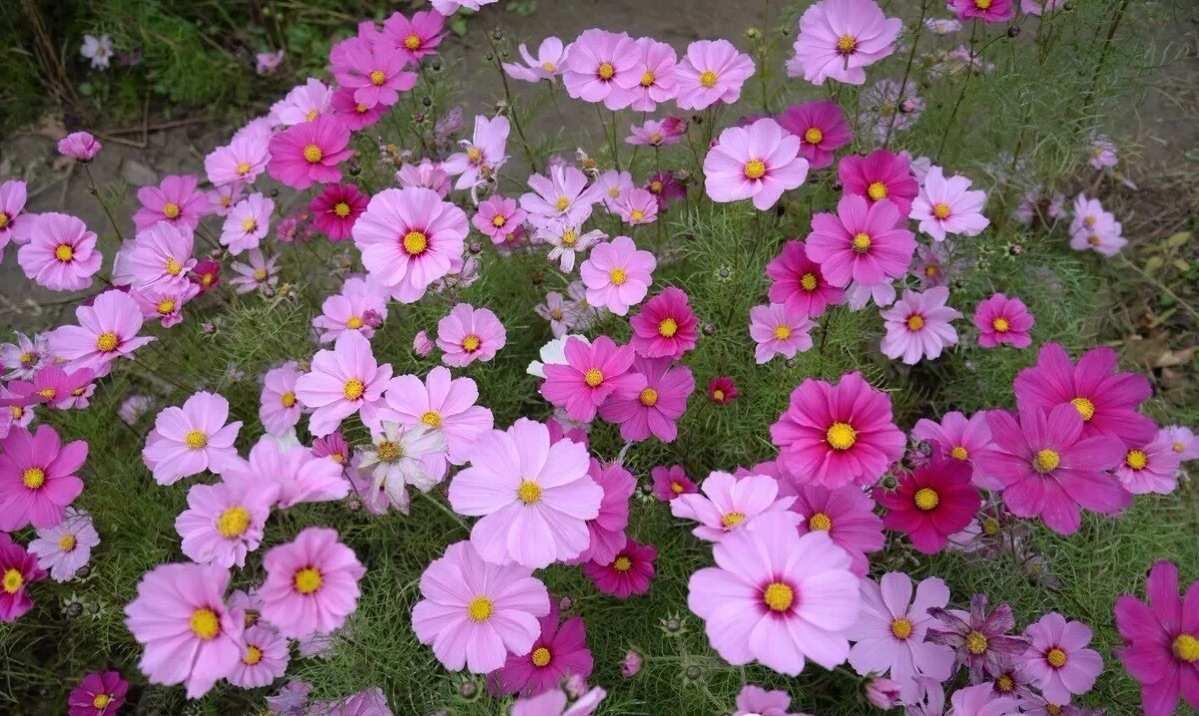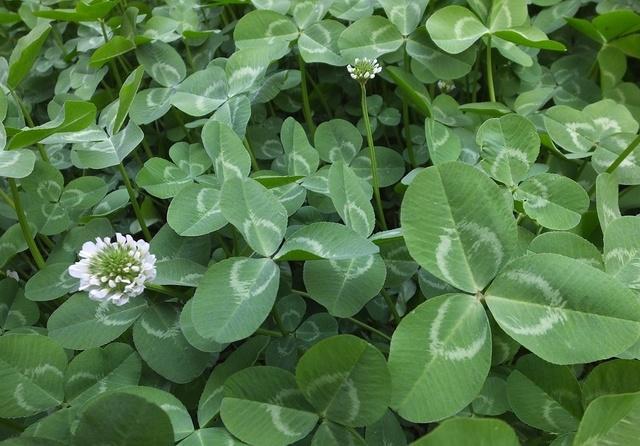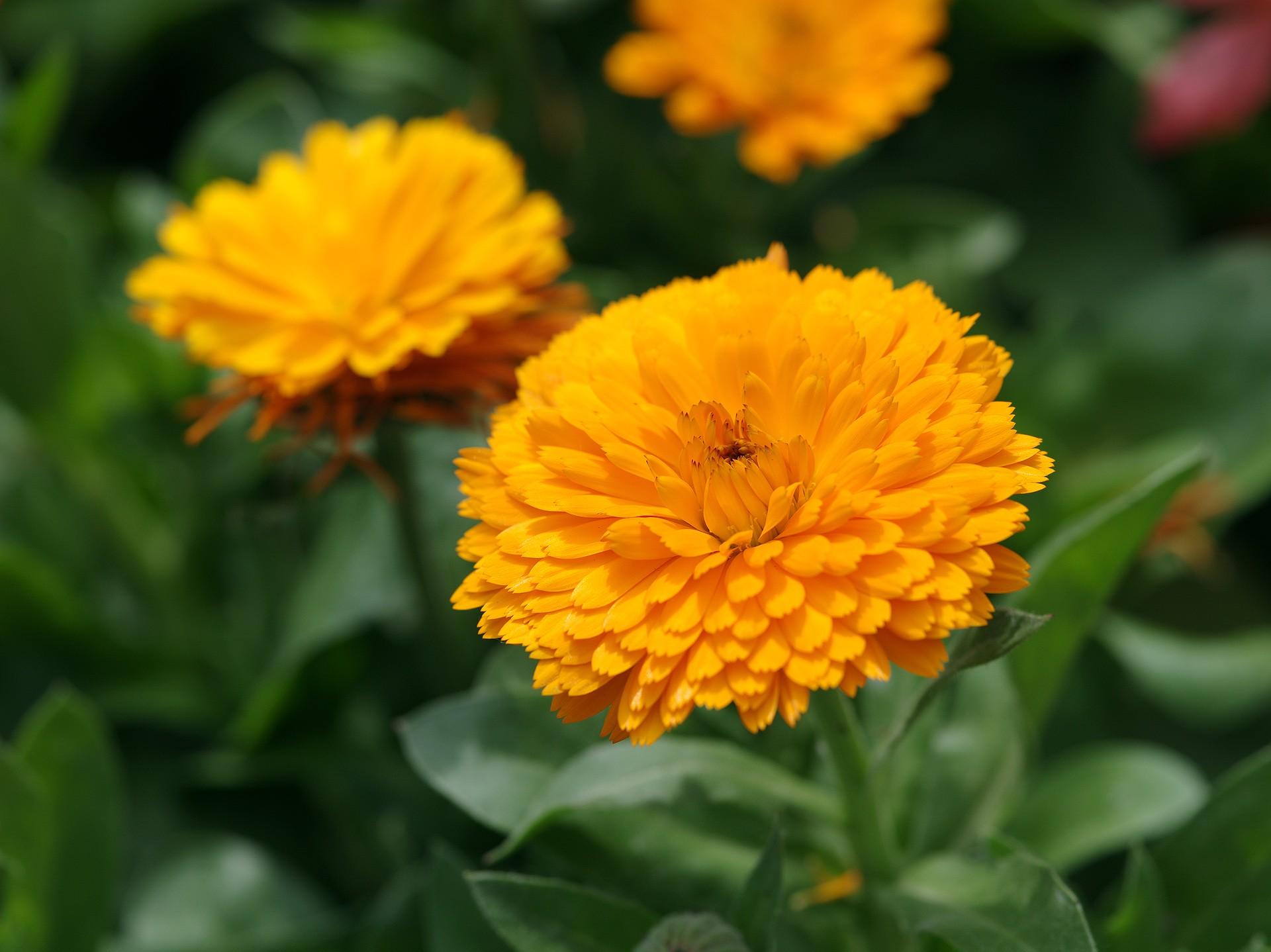Alternanthera is a fascinating plant with an interesting story. Originating from the tropical regions of South America, this unique plant has a vibrant array of colorful leaves that captivate all who behold it. Legend has it that Alternanthera possesses magical properties, able to bring good luck and ward off evil spirits. Ancient tribes would use its leaves in sacred rituals and ceremonies for protection and prosperity. As the story goes, a famous explorer stumbled upon this enchanting plant deep in the Amazon rainforest and brought it back to civilization. Today, Alternanthera continues to mesmerize people with its beauty, intertwining nature and folklore in a splendid harmony.
Picture
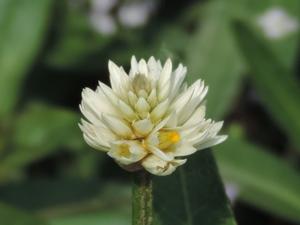
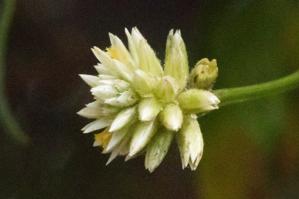
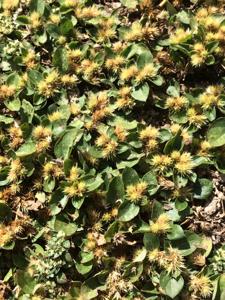
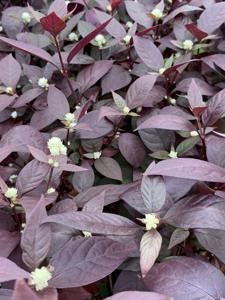
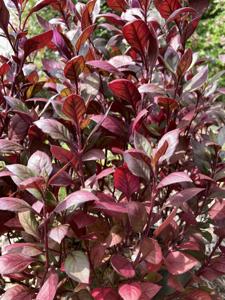
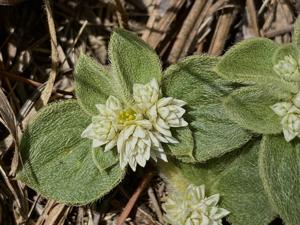
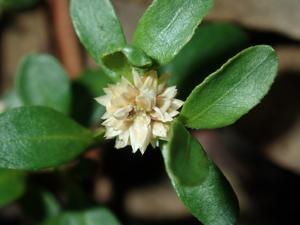
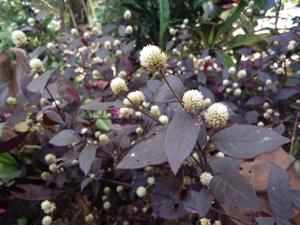
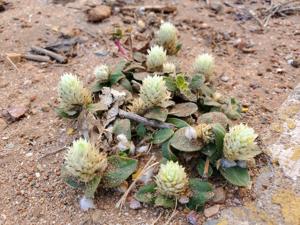
Plant some seeds now!
Short Description
Alternanthera is a genus of flowering plants in the family Amaranthaceae. It is a widespread genus with most species occurring in the tropical Americas, and others in Asia, Africa, and Australia. Plants of the genus may be known generally as joyweeds, or Joseph’s coat. Several species are notorious noxious weeds.
Description
These are annual or perennial herbs or subshrubs. While some of the better-known species are aquatic plants, most are terrestrial. They take many forms, from prostrate to erect to floating. The leaves are oppositely arranged. The inflorescence is a spike or a rounded head occurring in the leaf axils or the ends of branches. The flowers have 5 tepals. There are 3 to 5 stamens which are fused into a rim at the bases, and 5 pseudostaminodes, appendages between the stamens that are not true staminodes. The fruit is a utricle containing one seed.
The genus Alternanthera contains both terrestrial and aquatic species. The photosynthetic pathway varies in this genus: Some species undergo C3 carbon fixation, one clade of 17 species has acquired the C4 pathway, and yet other species have an intermediate C3-C4 pathway.

